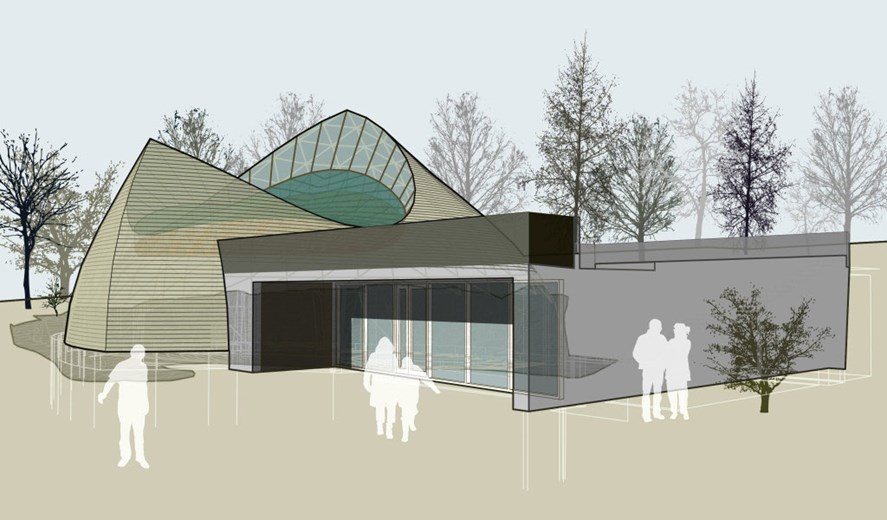
The Norse gods are making a strong comeback after a thousand years in the shadows. Outmaneuvered by Christianity around year 1000, Nordic paganism is now Iceland’s fastest growing religion. From 570 members in 2002, the ‘association of the faith of the Æsir’ – Ásatrúarfélagið – now numbers 3900 Icelanders, making it the largest non-Christian religion in the country.
“I don’t believe anyone believes in a one-eyed man who is riding about on a horse with eight feet,” High priest Hilmar Örn Hilmarsson told The Guardian. “We see the stories as poetic metaphors and a manifestation of the forces of nature and human psychology.”
The pantheistic religion that is the ethnic faith of the Norse people is a prime target for globalist to push their agenda of open borders, homosexuality, forced multiculturalism and the devaluing of European culture. While we would like to think this temple will not fall prey to such things and be used for faith, not propaganda, the reality looks unpromising when the High Priestess of the temple openly states she does even believe in the Gods. Hopefully her views are not shared by her parishioners.

Although long in the making, the Ásatrúarfélagið’s first temple is finally expected to stand ready by the end of 2018. It is designed by Icelandic architect and member of the association Magnús Jensson and given a form to underscore a close relationship to earth, sky and sun. The temple will hold a maximum of 250 people for religious ceremonies and concerts.

Although the temple, called Hof Ásatrúarfélagsins, will be Iceland’s first in 1000 years it is likely not to be the last. The land was donated by the city of Reykjavik, and other municipalities have shown interest in having temples built, seeing perhaps the potential allure of tourism. Similarly, Denmark consecrated a temple called Valheim Hof to Odin for the first time in a millennium in 2016.
- Log in to post comments
